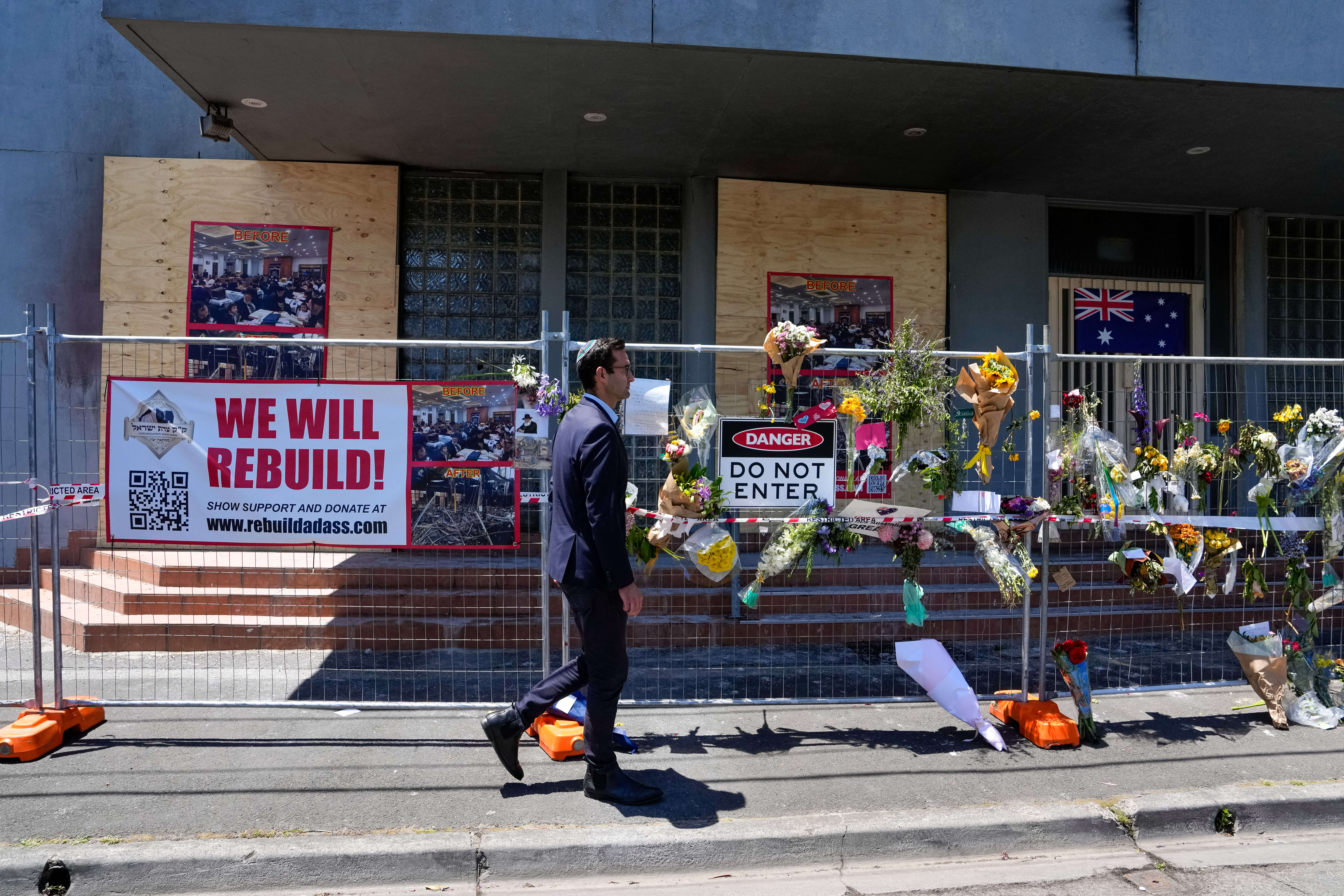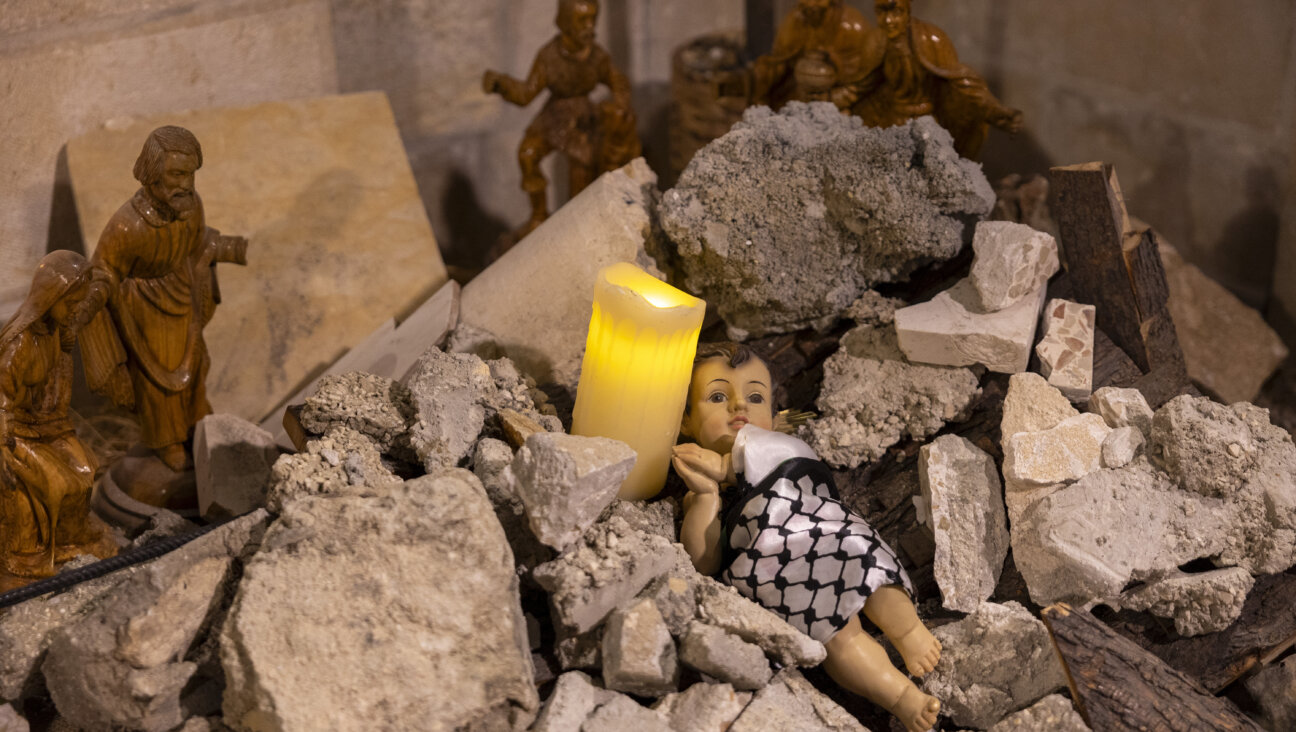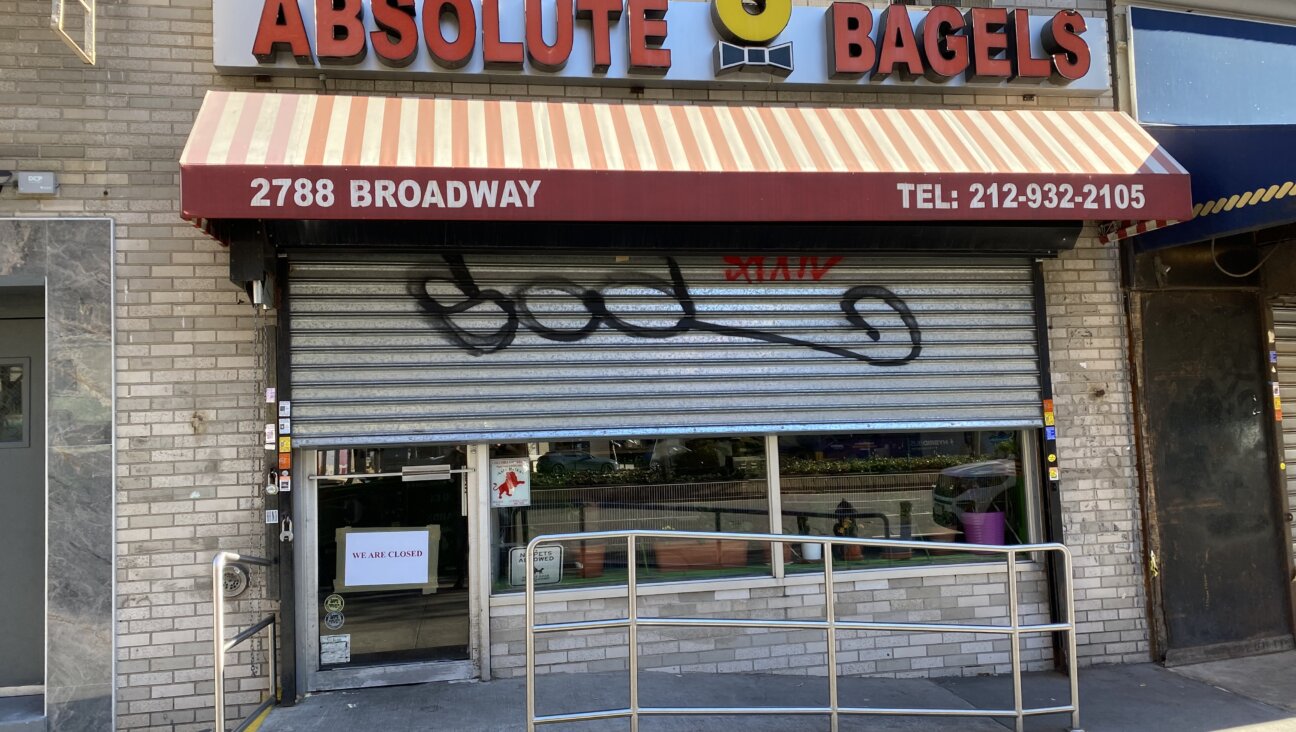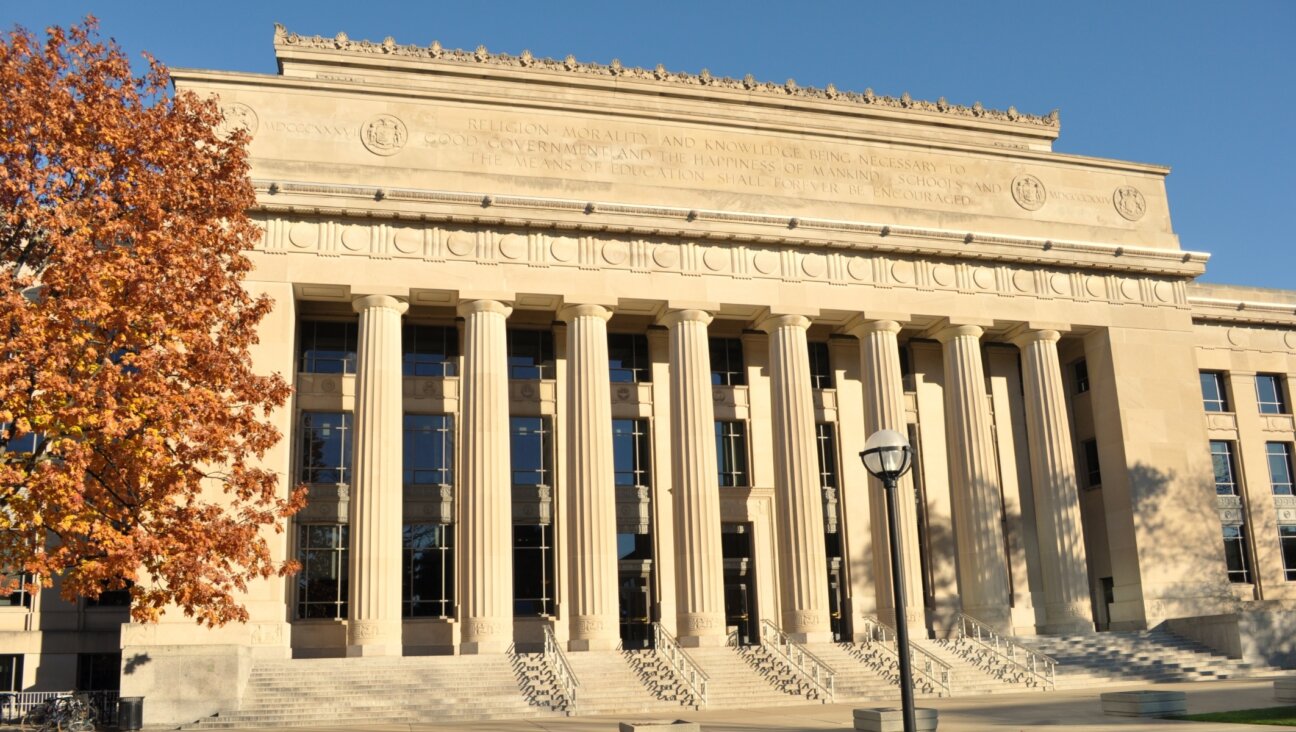Does Anyone Really Benefit from ‘Balkanizing’ the Kotel?

Kotel Protest: Women wearing prayer shawls pray at their monthly protest at the Western Wall in Jerusalem. Image by getty images
Many are celebrating the official setting aside and expansion of a part of Jerusalem’s Western Wall for non-traditional public prayer. I’m not among them.
Over nearly 50 years, the Kotel has been the only place in the world where Jews of all sorts — black-hatted and hair-covered Haredim, National-Religious, Reform and Conservative and agnostic — have stood together in one area, each in the presence of all the others, and prayed. Now, assuming the new “anything goes” area becomes the preference of non-traditional Jews, this will no longer be the case.
Since 1967, when Jerusalem’s Old City was liberated, the Kotel plaza served as a spiritual magnet for Jews of all denominational affiliations and beliefs. The Orthodox, who made up, and continue to make up, the vast majority of “regulars” at the site, never checked what prayer books visitors used or what head-coverings were worn, if any. They were, and remain, happy for any Jew to share the holy place with them, content to pray and let pray.
Yes, in order to accommodate Jews faithful to the Jewish religious tradition, vocal public prayer services over those decades were limited to the traditional sort. And yes, that meant that men and women, as they came close to the wall itself, stood on opposite sides of a mechitza. And yes, it also meant that women approaching the wall with, say, bare shoulders, were offered and asked to put on a shawl for modesty’s sake. But, for countless non-Orthodox Jews, that was a small price to pay so that all Jews could be part of a singular expression of pan-Jewish unity. Non-traditional Jewish prayer could always take place in non-traditional houses of worship, or in other public places. But the Kotel was the remnant of the courtyard wall of the holy Second Temple; conduct there accordingly reflected that fact.
Until, that is, Women of the Wall — the feminist group that deserves credit (or blame, depending on one’s perspective) for the uproar resulting in the establishment of a “non-traditional” area of the Kotel — decided that the status quo for public prayer at the site had to be challenged.
And challenge it its members did, pointedly gathering, cameras and reporters dutifully in tow, to worship and act in ways sure to offend the Orthodox “regulars” at the site, men and women alike. The videos and still images of the noble warriors juxtaposed against traditional Jews reacting (and, on occasion overreacting, inexcusably so) with pain and outrage at the forcing of a social issue at a holy site, were then deftly parlayed into effective public relations, used to convince religiously liberal American Jews that they were witnessing the second coming of the civil rights movement, rather than the dismantling of the last vestige of pan-Jewish togetherness.
So, now the Kotel will be Balkanized. Orthodox Jews and others who respect the Jewish religious tradition will be in one area, and Jews who value the public expression of their “progressive” agendas above all else will be in another place — each out of the sight, and the presence, of the other.
Hurray.
A message from our Publisher & CEO Rachel Fishman Feddersen

I hope you appreciated this article. Before you go, I’d like to ask you to please support the Forward’s award-winning, nonprofit journalism during this critical time.
We’ve set a goal to raise $260,000 by December 31. That’s an ambitious goal, but one that will give us the resources we need to invest in the high quality news, opinion, analysis and cultural coverage that isn’t available anywhere else.
If you feel inspired to make an impact, now is the time to give something back. Join us as a member at your most generous level.
— Rachel Fishman Feddersen, Publisher and CEO























